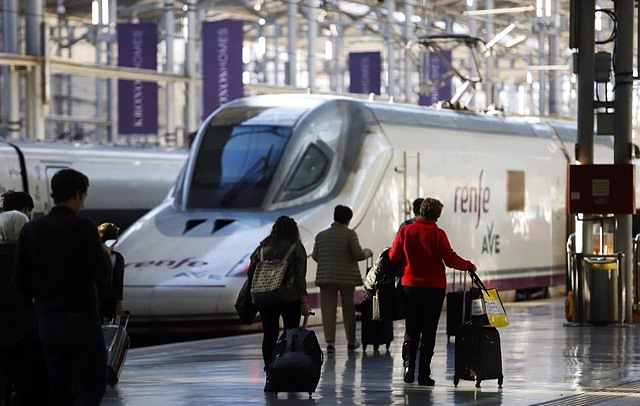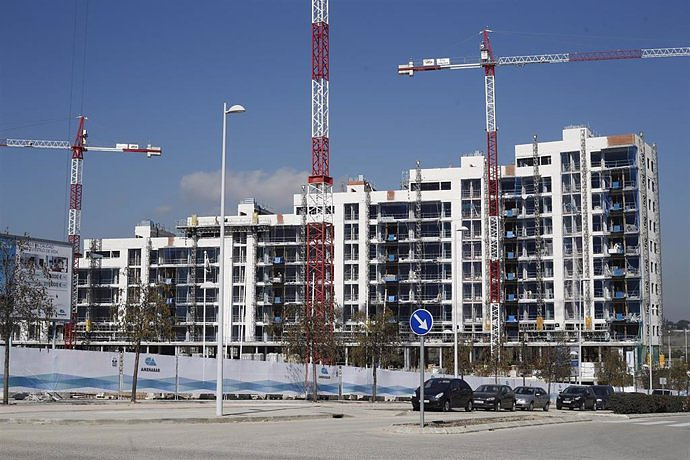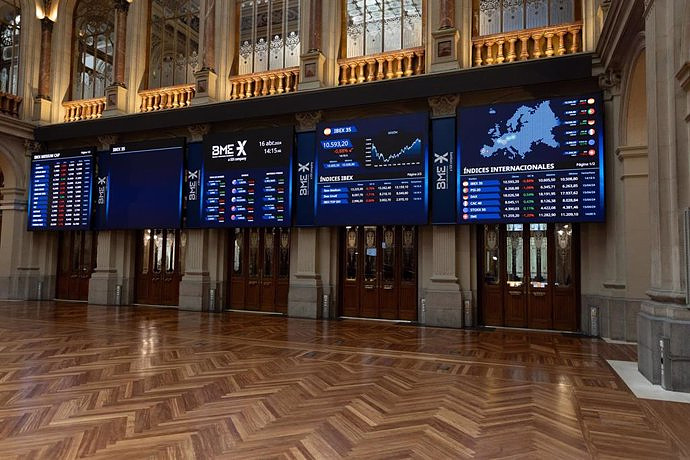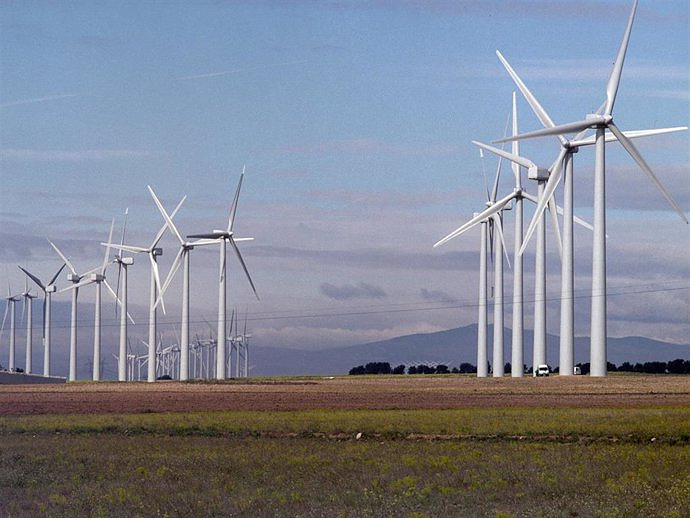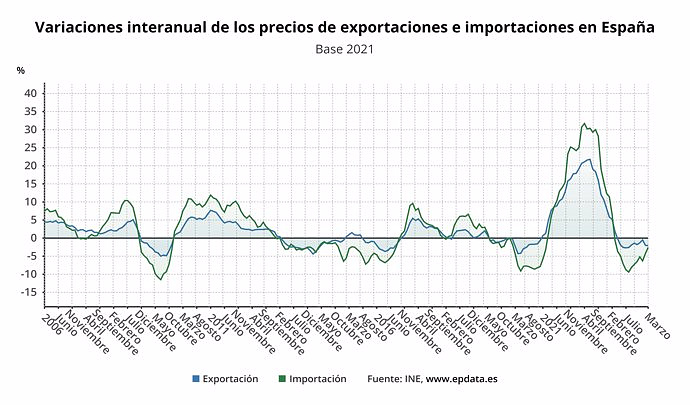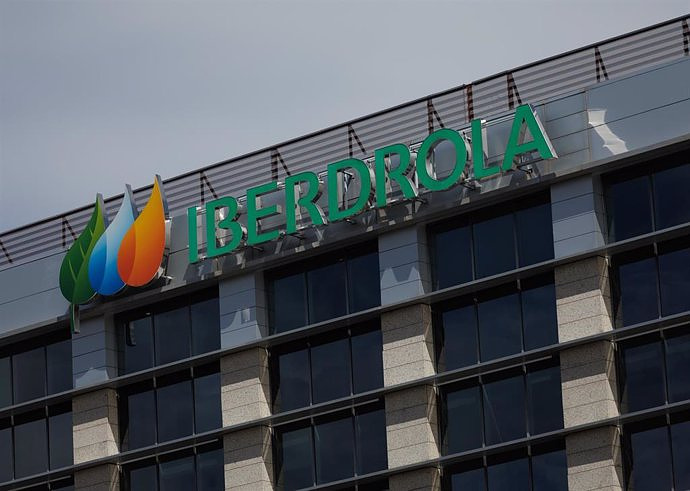Within the framework of its internationalization strategy
MADRID, 25 Jul. (EUROPA PRESS) -
Renfe has been one of the finalists to opt for the development and operation of the first high-speed line to be built in Canada, which will connect Toronto and Quebec starting in 2030, as reported by the Canadian Government.
The public rail operator is part of one of the only three consortiums designated by the Canadian Administration to compete in a public tender and develop this infrastructure in which Renfe already has experience, as Spain is one of the world benchmarks in high speed.
The Spanish operator has partnered with several Canadian companies, including the railway Intercity Development Partners, the multinational construction company EllisDon, the infrastructure firm Jacobs, the Hatch consultancy or CIMA engineering.
In addition to the Canadian companies, it has also allied with the American Kilmer Transportation, the French urban transport operator RATP or the British transport giant First Group, with the aim of winning the bid.
This consortium, which is the one that brings together the most companies, will have to face another made up of CDPQ Infra, SNC Lavalin, Systra and Keolis and a last one owned by the German operator Deutsche Bahn, as well as by Fengate, John Laing, Bechtel and WSP.
The three alliances will now have to present a first proposal and the Canadian government will begin to study in September those that go to the last phase, whose final verdict will be known in the summer of 2024.
The original initiative did not propose a high-speed model, but High Frequency, which is what the project is called, along the 800 kilometers that run between Toronto and Quebec, updating the existing line and expanding its capacity.
The initial cost amounted to about 9,000 million Canadian dollars (6,180 million euros), but if high speed is included, which is what the Government is now aiming for, the bill could skyrocket.
For example, in Spain, a 120-kilometre stretch of high-speed rail to Galicia (Pedralba de la Pradería in Zamora to Ourense) cost 3,000 million euros, which extrapolated to 800 kilometers would be 20,000 million euros, plus the purchase of trains, the cost of traction power or operating expenses.
To start the process, the Canadian government has already contributed 400 million dollars between 2022 and 2023. In addition, its objective is to include the indigenous population in the entire process as part of its "reconciliation" strategy.
Renfe sources consulted by Europa Press have defended that this operation "is part of its international expansion strategy", this being one of the three growth levers of the company, together with "focus on the client" and "efficiency and safety".
As part of this strategy, Renfe has just inaugurated its operations in France, with a route already available between Barcelona and Lyon, with several stops in French territory, and this week it will also inaugurate the link between Madrid and Marseille.
Likewise, it is already present in the Haramain project, which links the cities of Mecca and Medina in Saudi Arabia; in Central Texas, for the development of the first high-speed train in the United States, which will link the cities of Dallas and Houston; on Rail Baltica, which will link Estonia, Latvia and Lithuania via high-speed train from 2027; or on the Mayan Train in Mexico.

 Exploring Cardano: Inner Workings and Advantages of this Cryptocurrency
Exploring Cardano: Inner Workings and Advantages of this Cryptocurrency Seville.- Economy.- Innova.- STSA inaugurates its new painting and sealing hangar in San Pablo, for 18 million
Seville.- Economy.- Innova.- STSA inaugurates its new painting and sealing hangar in San Pablo, for 18 million Innova.- More than 300 volunteers join the Andalucía Compromiso Digital network in one month to facilitate access to ICT
Innova.- More than 300 volunteers join the Andalucía Compromiso Digital network in one month to facilitate access to ICT Innova.-AMP.- Ayesa acquires 51% of Sadiel, which will create new technological engineering products and expand markets
Innova.-AMP.- Ayesa acquires 51% of Sadiel, which will create new technological engineering products and expand markets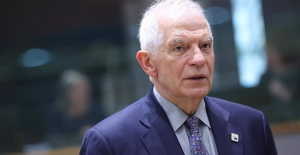 Borrell points out that several EU countries may recognize the State of Palestine in May
Borrell points out that several EU countries may recognize the State of Palestine in May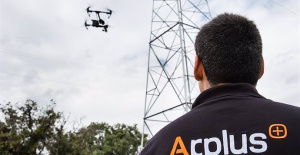 The CNMV prohibits the funds that sold shares to Apollo in its takeover bid from purchasing more Applus securities
The CNMV prohibits the funds that sold shares to Apollo in its takeover bid from purchasing more Applus securities STATEMENT: SUNRATE partners with YeePay to empower Chinese companies to navigate global expansion
STATEMENT: SUNRATE partners with YeePay to empower Chinese companies to navigate global expansion Nadal is still alive and exciting in Madrid
Nadal is still alive and exciting in Madrid How Blockchain in being used to shape the future
How Blockchain in being used to shape the future Not just BTC and ETH: Here Are Some More Interesting Coins Worth Focusing on
Not just BTC and ETH: Here Are Some More Interesting Coins Worth Focusing on They create a bank of machinery sounds to prevent breakdowns through artificial intelligence
They create a bank of machinery sounds to prevent breakdowns through artificial intelligence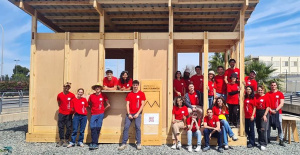 UPV students build a prototype of a wooden house to move to Equatorial Guinea
UPV students build a prototype of a wooden house to move to Equatorial Guinea The UA opens the call for the Impulso 2024 Awards for the best innovative business initiatives
The UA opens the call for the Impulso 2024 Awards for the best innovative business initiatives ALI, virtual assistant from Alicante, internationally recognized by the OECD
ALI, virtual assistant from Alicante, internationally recognized by the OECD A million people demonstrate in France against Macron's pension reform
A million people demonstrate in France against Macron's pension reform Russia launches several missiles against "critical infrastructure" in the city of Zaporizhia
Russia launches several missiles against "critical infrastructure" in the city of Zaporizhia A "procession" remembers the dead of the Calabria shipwreck as bodies continue to wash up on the shore
A "procession" remembers the dead of the Calabria shipwreck as bodies continue to wash up on the shore Prison sentences handed down for three prominent Hong Kong pro-democracy activists
Prison sentences handed down for three prominent Hong Kong pro-democracy activists ETH continues to leave trading platforms, Ethereum balance on exchanges lowest in 3 years
ETH continues to leave trading platforms, Ethereum balance on exchanges lowest in 3 years Investors invest $450 million in Consensys, Ethereum incubator now valued at $7 billion
Investors invest $450 million in Consensys, Ethereum incubator now valued at $7 billion Alchemy Integrates Ethereum L2 Product Starknet to Enhance Web3 Scalability at a Price 100x Lower Than L1 Fees
Alchemy Integrates Ethereum L2 Product Starknet to Enhance Web3 Scalability at a Price 100x Lower Than L1 Fees Mining Report: Bitcoin's Electricity Consumption Declines by 25% in Q1 2022
Mining Report: Bitcoin's Electricity Consumption Declines by 25% in Q1 2022 Oil-to-Bitcoin Mining Firm Crusoe Energy Systems Raised $505 Million
Oil-to-Bitcoin Mining Firm Crusoe Energy Systems Raised $505 Million Microbt reveals the latest Bitcoin mining rigs -- Machines produce up to 126 TH/s with custom 5nm chip design
Microbt reveals the latest Bitcoin mining rigs -- Machines produce up to 126 TH/s with custom 5nm chip design Bitcoin's Mining Difficulty Hits a Lifetime High, With More Than 90% of BTC Supply Issued
Bitcoin's Mining Difficulty Hits a Lifetime High, With More Than 90% of BTC Supply Issued The Biggest Movers are Near, EOS, and RUNE during Friday's Selloff
The Biggest Movers are Near, EOS, and RUNE during Friday's Selloff Global Markets Spooked by a Hawkish Fed and Covid, Stocks and Crypto Gain After Musk Buys Twitter
Global Markets Spooked by a Hawkish Fed and Covid, Stocks and Crypto Gain After Musk Buys Twitter Bitso to offset carbon emissions from the Trading Platform's ERC20, ETH, and BTC Transactions
Bitso to offset carbon emissions from the Trading Platform's ERC20, ETH, and BTC Transactions Draftkings Announces 2022 College Hoops NFT Selection for March Madness
Draftkings Announces 2022 College Hoops NFT Selection for March Madness